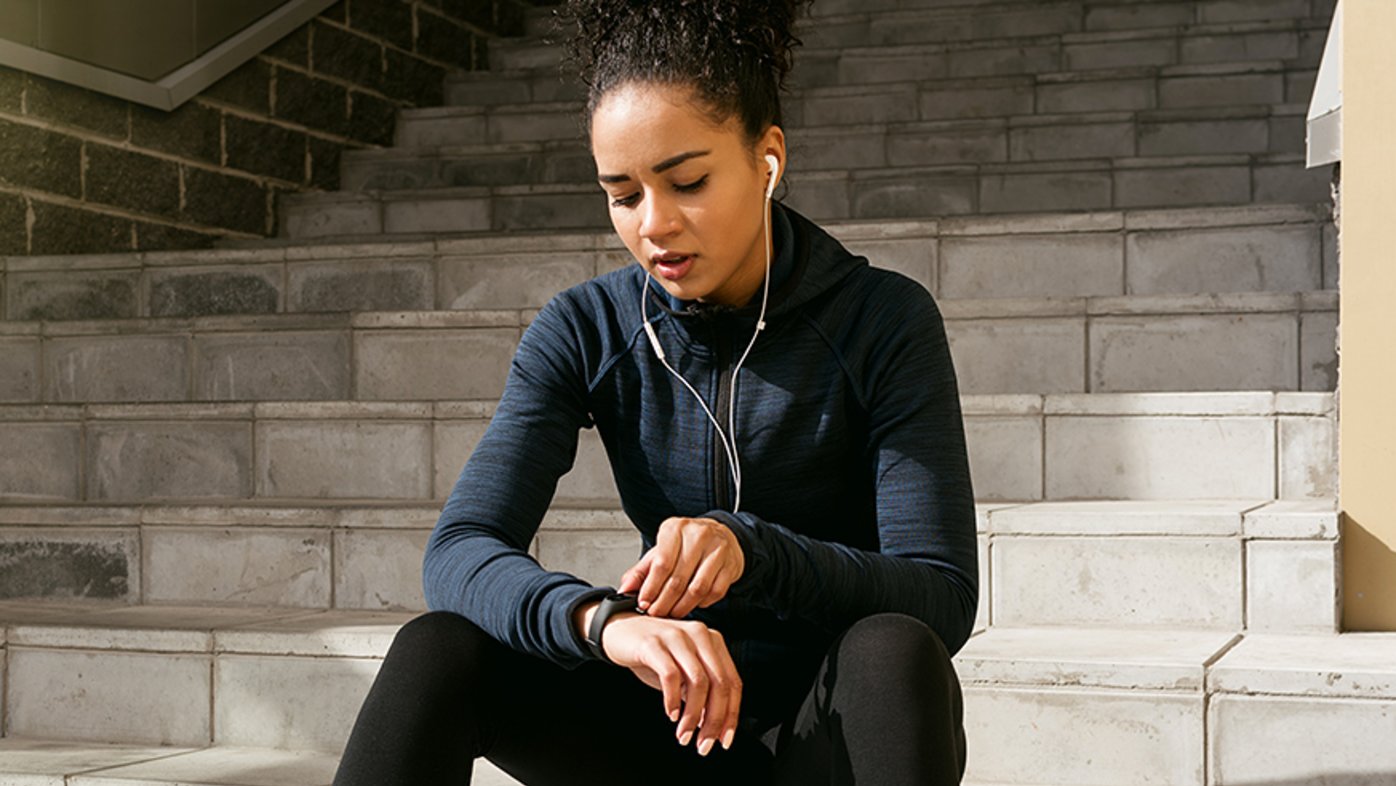
Are wearable health trackers accurate?
Learn how wearable health trackers can provide valuable support on your personal health journey.
Safely returning to exercise and sports after recovering from COVID-19 is a delicate dance. The best advice, according to experts, is to proceed with caution.
"A slow progression is the best way to go," says Dr. Jonathan Halperin, a physiatrist — a doctor who specializes in physical medicine and rehabilitation — who works in the division of orthopedic medicine at Sharp Rees-Stealy Medical Group. "That is the hardest thing to accept and understand for patients who have had a COVID-19 infection. It is not like returning to exercise after having a routine cold or flu."
Because COVID-19 can affect the heart, lungs and blood vessels, among other organs, Dr. Halperin stresses the importance of a slow progression over a long period of time before resuming normal physical activity levels. He also cautions that the rate of exercise progression depends on the severity of the illness.
"If you had a mild case of COVID-19 that did not require hospitalization, the recommendation is minimal to no exercise at all until 7 days after resolution of any symptoms," he says. "Then, you can begin light exercise such as walking. Make sure you monitor your heart rate and breathing rate. If you have any symptoms at all, you should halt any exercise and begin another period of rest before starting a light exercise program again."
For those who have had more serious cases of COVID-19, further caution is advised.
"Patients who required hospitalization should be evaluated by their doctor before returning to exercise," says Dr. Halperin. "This may require specific testing to rule out residual impairment before beginning an exercise program."
A safe return to exercise
Once the patient is ready to return to exercise and sports, Dr. Halperin recommends low-impact exercise, such as stretching, deep breathing and slow walking.
"Ideally, people can follow a slow, week-by-week progression, but they should expect to not be back to their pre-infection level of baseline exercise for up to 3 months after recovery from COVID-19," he says.
People who have recovered from COVID-19 should pay careful attention to certain symptoms once they have resumed an exercise program. If any of these symptoms occur, they should stop their exercise program and consult with their primary care doctor:
Chest pain
Shortness of breath
Fever
Headache
Excessive fatigue
Significant elevation of heart rate
Dr. Halperin admits there is much more to be learned about the long-term effects of COVID-19 and how that will impact recommendations for a safe return to exercise.
At the present time, he says, the general consensus among sports medicine professionals is for patients to adopt a slow and cautious return to exercise, and reach out to their primary care doctor if they experience any new or concerning symptoms.
To learn more about how you can find a doctor at Sharp Rees-Stealy, go to sharp.com/srsdoctor.
Our weekly email brings you the latest health tips, recipes and stories.